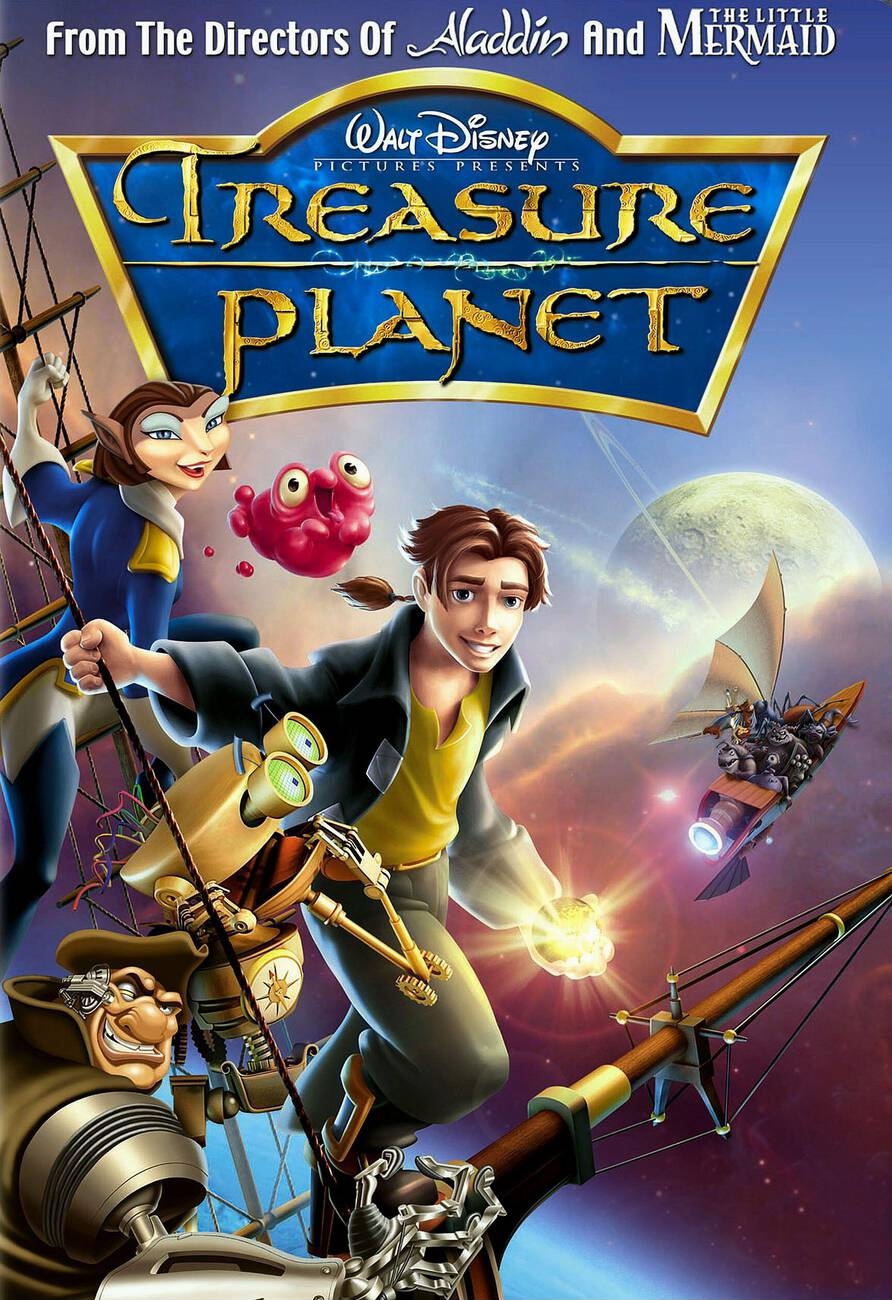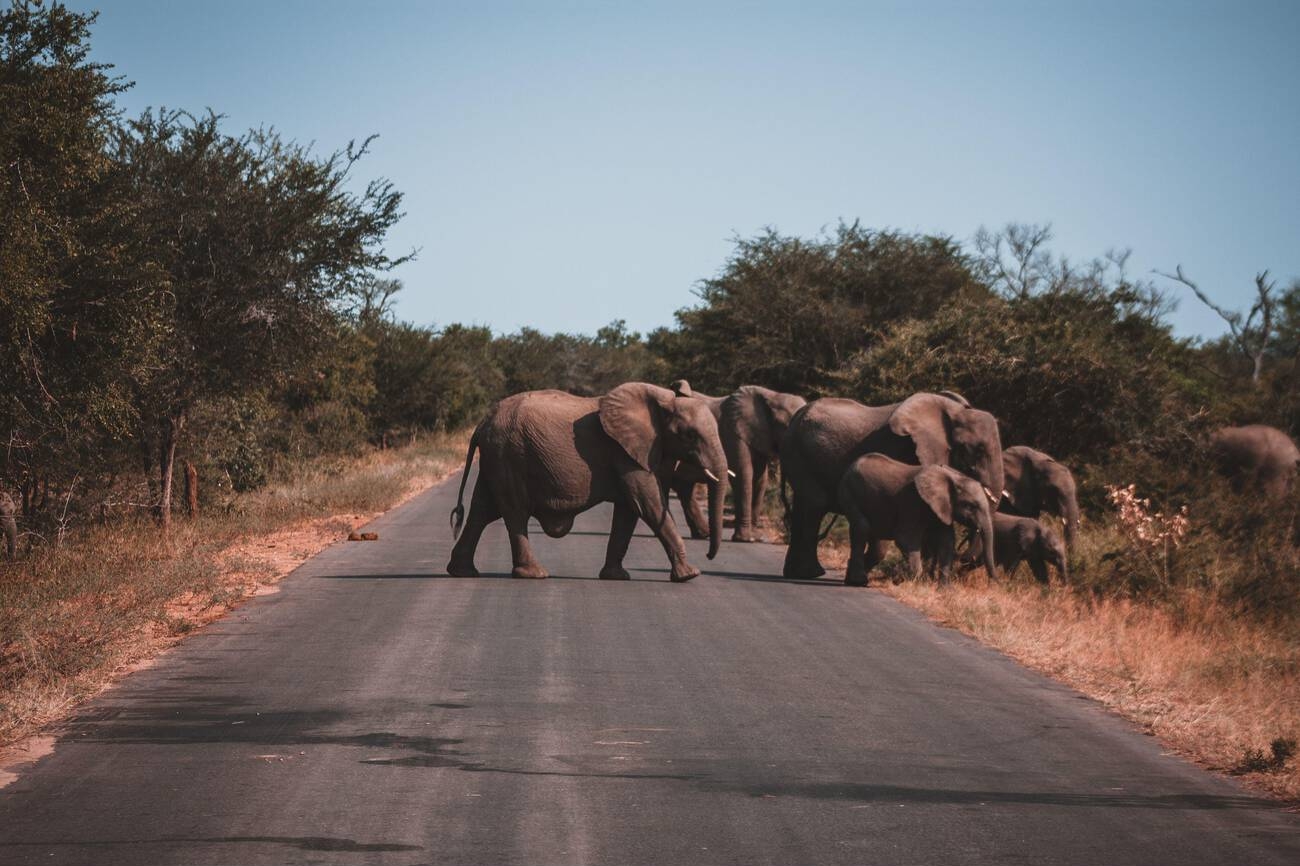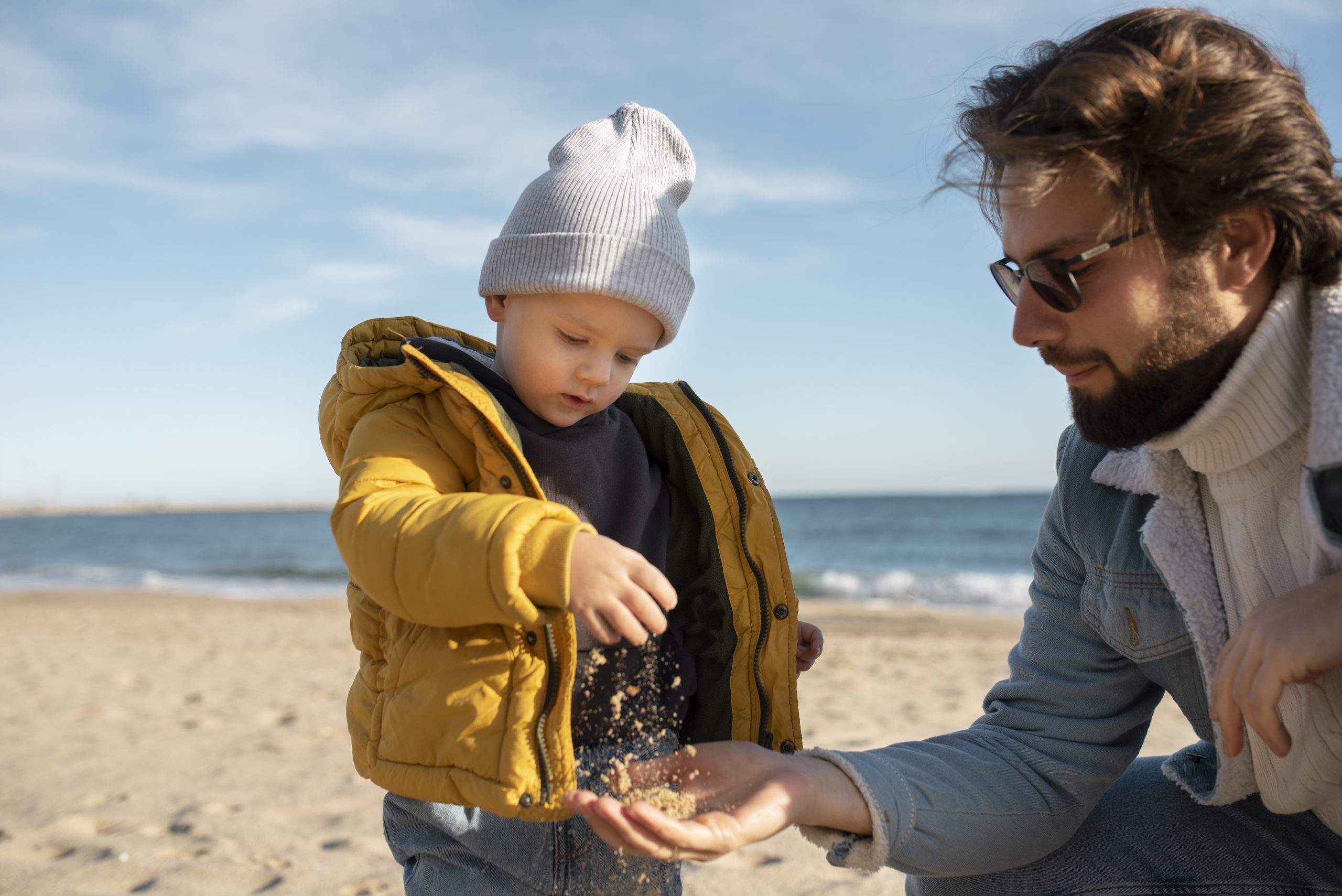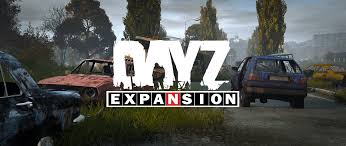A Comprehensive Guide to the World of Voice Over
The Art of Voice Over
Embark on a captivating journey into 'The Art of Voice Over' at brycepapenbrook.com. Discover a comprehensive guide to the world of voice acting, exploring the pivotal role in modern entertainment. Unleash your voice!
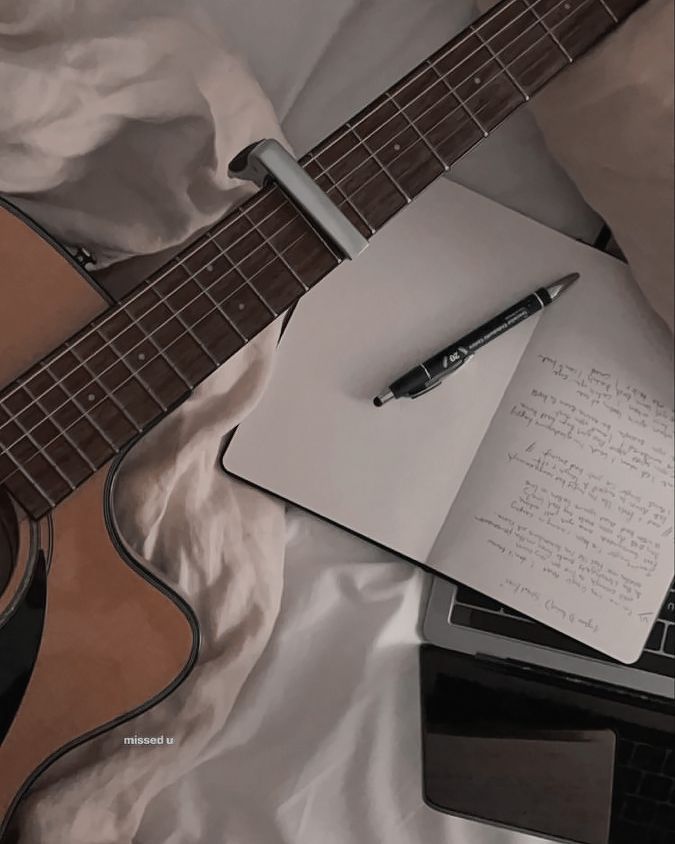
Uncover the nuances, techniques, and insights that shape the mesmerizing world of voice artistry. Explore, learn, and elevate your skills.
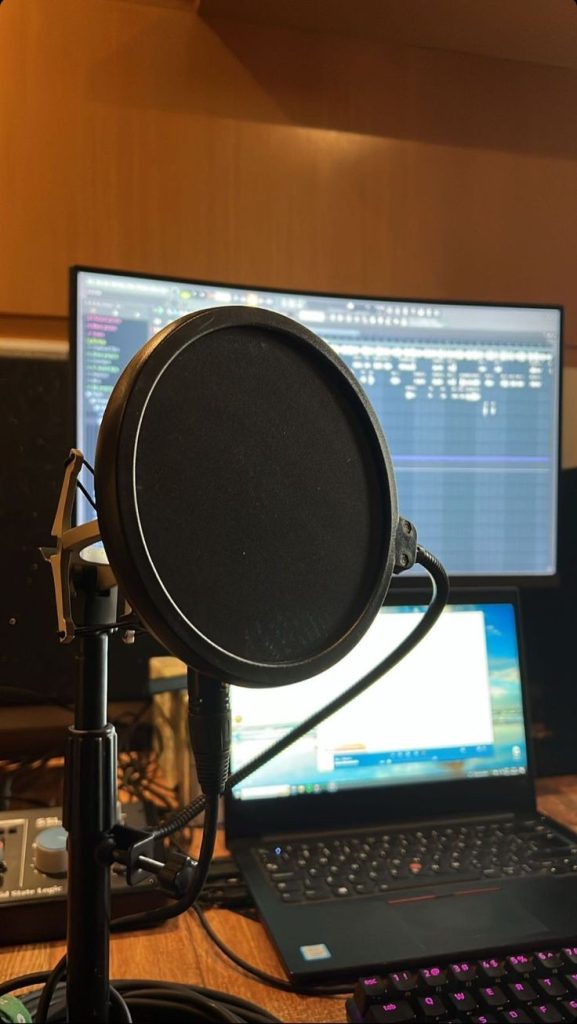
Trace the fascinating journey of ‘The Evolution of Voice Overs’ on our blog. Uncover the dynamic shifts, technological advancements, and timeless techniques shaping the ever-evolving landscape of voice acting in entertainment.
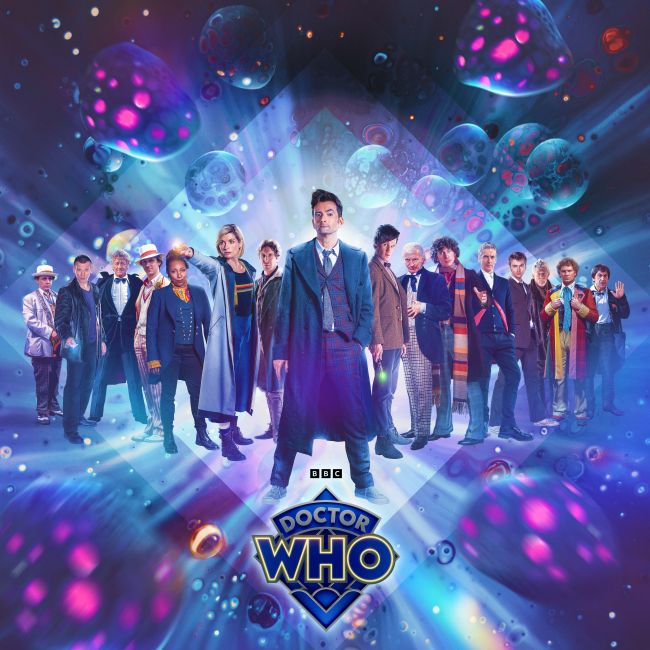
The New Doctor Who: Is It Worth Watching?
In March of 2005, we were reintroduced to one of the most iconic sci-fi characters in all of television history. That mysterious traveler in time and space. Roaming the universe in their big blue box. The Doctor. Doctor Who was first aired way back in 1963. Produced on a shoestring budget, the show quickly rose to prominence for its creative stories, scary monsters, and iconic characters.
The show was a major success up until it was cancelled in 1989. There was an attempt to reboot the franchise with a TV movie in 1996. But it failed to grip audiences of the time. So it wasn’t until Russell T Davies rebooted the show that we would see the TARDIS on our screens again. And the reboot was a resounding success. It quickly became an international sensation. Especially during the David Tennant era. But eventually Russell stepped down as show runner. Handing the reins to Steven Moffat. And eventually he stood down too. This is when Chris Chibnall became showrunner.
This is also when the show started to massively decline in quality. Doctor Who had already begun to lose ratings slowly over the years. And Chibnall’s era seemed to be the final nail in the coffin. He departed the show in 2022 and Rusell T Davies and David Tennant returned to do a soft reboot of the show. So today we are going to answer the question: Is the new Doctor Who era worth watching?
Where To Watch
One of the biggest changes that this new era of Doctor Who brought with it was the partnership with Disney. They have invested in the show to gain exclusive international streaming rights. But this is where their partnership ends. All creative decisions are still handled by the BBC and Russell.
If you’re in the UK then you will have to head to iPlayers to watch the show. Anyone not from the UK will have to either use Disney Plus or sign up for a free global IPTV trial. These are the only ways you will be able to catch the new episodes. We recommend going for the IPTV trial as it provides a lot more content than Disney Plus.
The New Era
The new era of the show began with three special episodes starring David Tennant and Cathrine Tate. Providing us with closure for the Tennant era and setting up the new tone of the show going forward. And the specials are amazing. Each episode has a distinct feel, exploring unique sci-fi ideas and taking the show back to its roots. And it is clear that the producers have been putting all that Disney money to good use. The CGI is stunning and used to great effect.
Diehard fans of the show were slightly conflicted about the regeneration scene. We will avoid spoilers. But this is only a minor gripe. The specials are a true return to form that should not be missed.
This is where things get confusing. The show underwent a soft reboot with Ncuti Gatwa taking on the role of the Doctor. And his first season was marketed as season 1. Which makes this the third ‘Season 1’ in the show’s history. And the show has taken a dramatic shift away from anything that came before while still honouring the past.
Ncuti’s Doctor is more emotional and lavish than any before. The show also dips more into the realm of magic and fantasy. But fear not. It is still a sci-fi show at heart. The main issue is that this new season 1 is a tad inconsistent. Due to the fact that Ncuti was absent for a majority of the filming schedule. This means we never really get a chance to form a connection with his Doctor.
But this issue has been rectified with season 2. Even though the season is still airing it has already topped season 1 with ease. And a big reason for this is due to the new companion played by Varada Sethu. The chemistry between Ncuti and Varada is evidently strong. And having Ncuit available for the full filming schedule has clearly had a significant impact on the quality of the stories.
Is It Worth Watching?
So is the new era of Doctor Who worth your time? We would say definitely. But you should go into it with an open mind and the knowledge that some parts of season 1 are going to be a bit rough. But you are in for a treat when it comes to season 2.
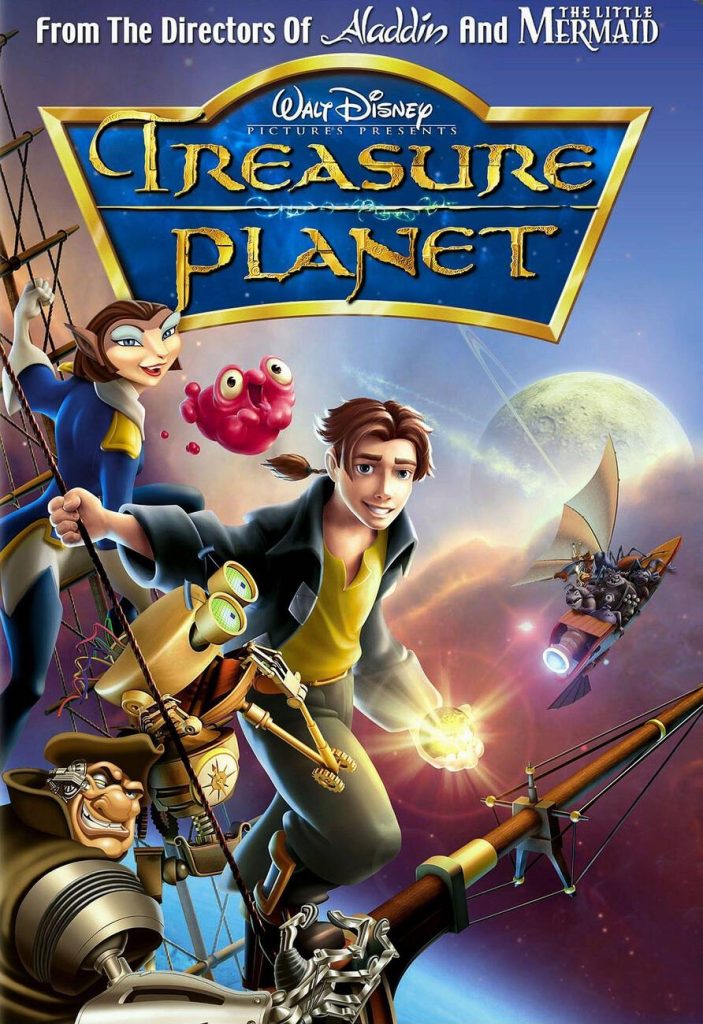
The Forgotten Gem Animated Movies That Shaped A Generation
Animated movies are making a huge comeback at the moment. Ne Zha 2 just broke records and became the highest grossing animated film ever made in the span of two months. The Spider-Verse series has highlighted the raw potential of the animation industry. And the hype around Shrek 5 is slowly building by the day.
With all this animation hype going on I want to take a moment and look back at the animation classics that shaped my generation. The forgotten gems of the genre that stood the test of time and still hold up today. I’ll be focusing on the titles that, despite their quality, might not be as well remembered. So strap in as we take a trip down memory lane.
Treasure Planet
Released by Disney in 2002, Treasure Planet is one of those rare movies that can move grown adults to tears. Yet it never got the recognition it deserved back in the day. Partly due to an underwhelming advertising campaign. Partly because of some odd creative decisions in the third act. But despite all that it still remains one of the best forgotten gem movies of the early 2000s.
The movie is a sci-fi retelling of the classic Treasure Island story. The pirate ships navigate through the depths of space. A diverse range of aliens makes up the cast. All of this combines together to create a world that is dripping with atmosphere.
The creators wanted to give the whole movie a unique feel. Focusing on the idea of moving the camera around within the animated world. But this did mean that the movie took over four years to be produced.
Treasure Planet’s strength sits firmly in the father and son dynamic that forms between Jim Hawkins and John Silver. The trials and tribulations faced by Jim are relatable to anyone who has grown up without a father figure in their lives. And the performances given by the cast help drive how the emotional beats. The movie was one of the first to blend 2D and 3D animation together seamlessly. Making it stand out visually from other movies of the decade.
Over The Hedge
Released in 2006 by Dreamworks, Over The Hedge follows the adventures of a group of animals living in a small forest that has become enclosed in a suburban landscape. The film is a parody of classic heist movies, with the focus being on the animals trying to steal food from the unsuspecting population of the town.
The exploits of the animals soon put them in the crosshairs of a particularly savage pest control expert who begins installing a wide range of advanced defence systems. Much like the innovative home protection solutions seen on Thanos Home site, these measures are designed to keep unwanted guests out, though in a far more extreme way. On the surface the movie might seem like a simple comedic romp. But it goes far deeper than that.
The movie plays heavily on the idea of a found family. And all the benefits and pains that come with that. The musical score is used masterfully. The tracks by Ben Folds serve to amplify the more emotional scenes. While the story doesn’t push the boundaries much in terms of ideas, the dialogue and emotional pacing serves to raise this movie above similar films of the era.
A Goofy Movie
Goofy has always been one of the most lovable Disney characters. The idiotic friend of Mickey who is always getting himself into wacky situations. So when A Goofy Movie was released in 1995 no one was expecting to be taken on such an emotional rollercoaster.
The movie was based on the TV show Goof Troop, which was an animated sitcom following the adventures of Goofy and his son, Max. But A Goofy Movie diverts in a few key regards. While it still maintains the wacky physical comedy that had become a staple of the show, the movie touches on more mature themes. Such as the issues faced by parents as their children grow up and eventually stop needing them as much.
What really hits home about this movie is how artfully the emotional beats are presented. It isn’t always easy to take a wacky character like Goofy and give them emotional depth. It takes a level of writing finesse that is far too uncommon in the industry. Yet A Very Goofy Movie pulls it off in the most beautiful way.

